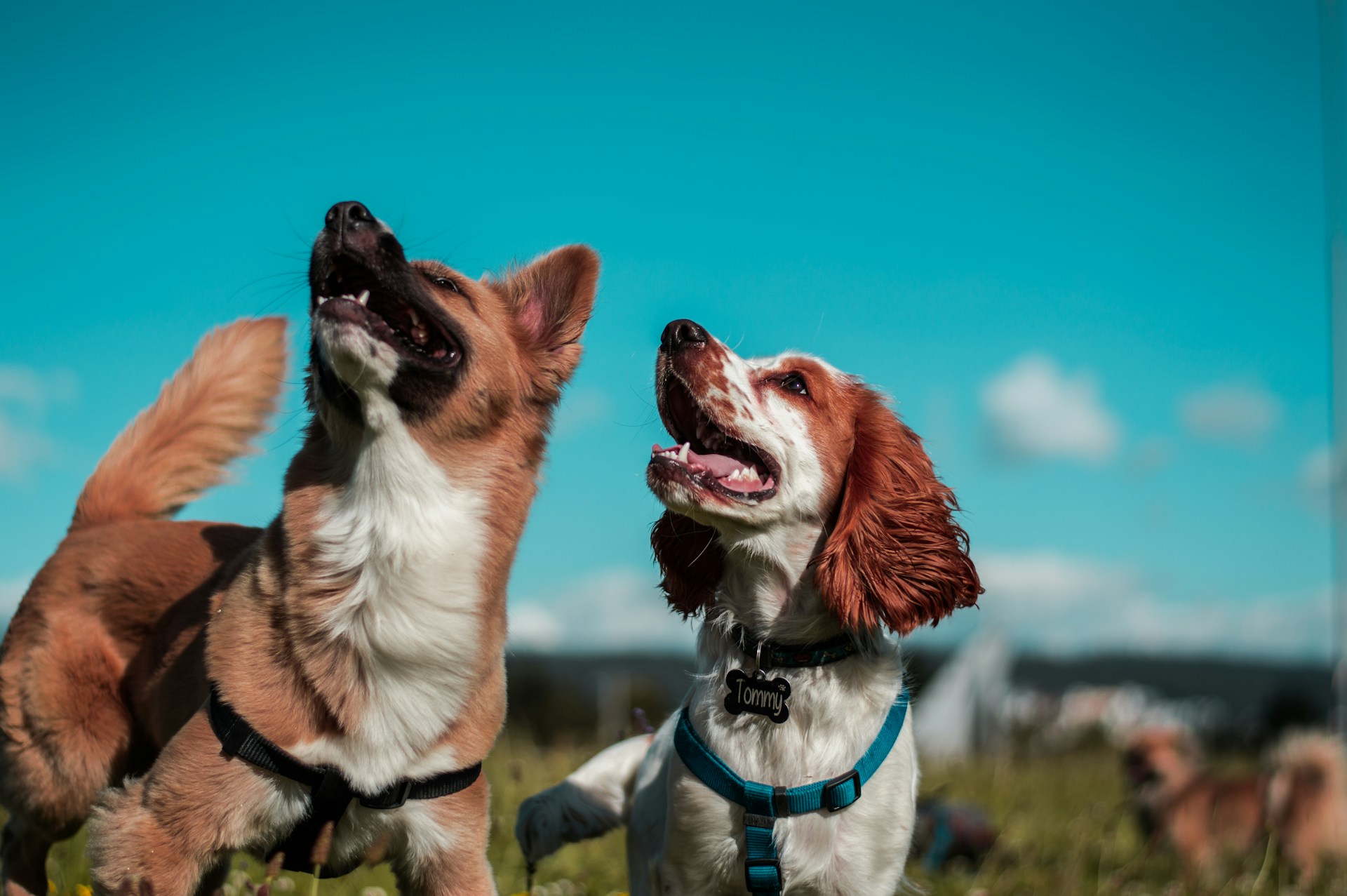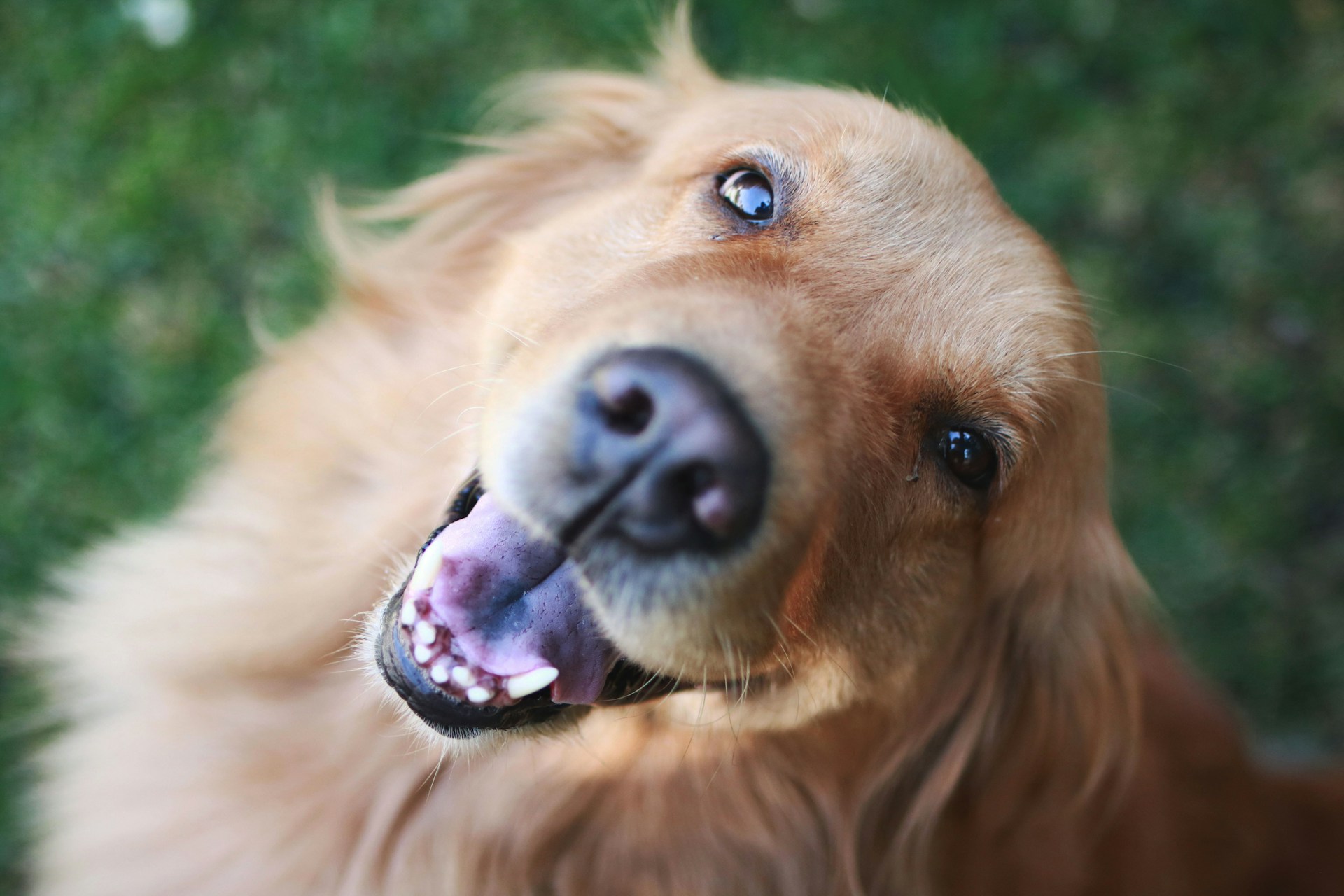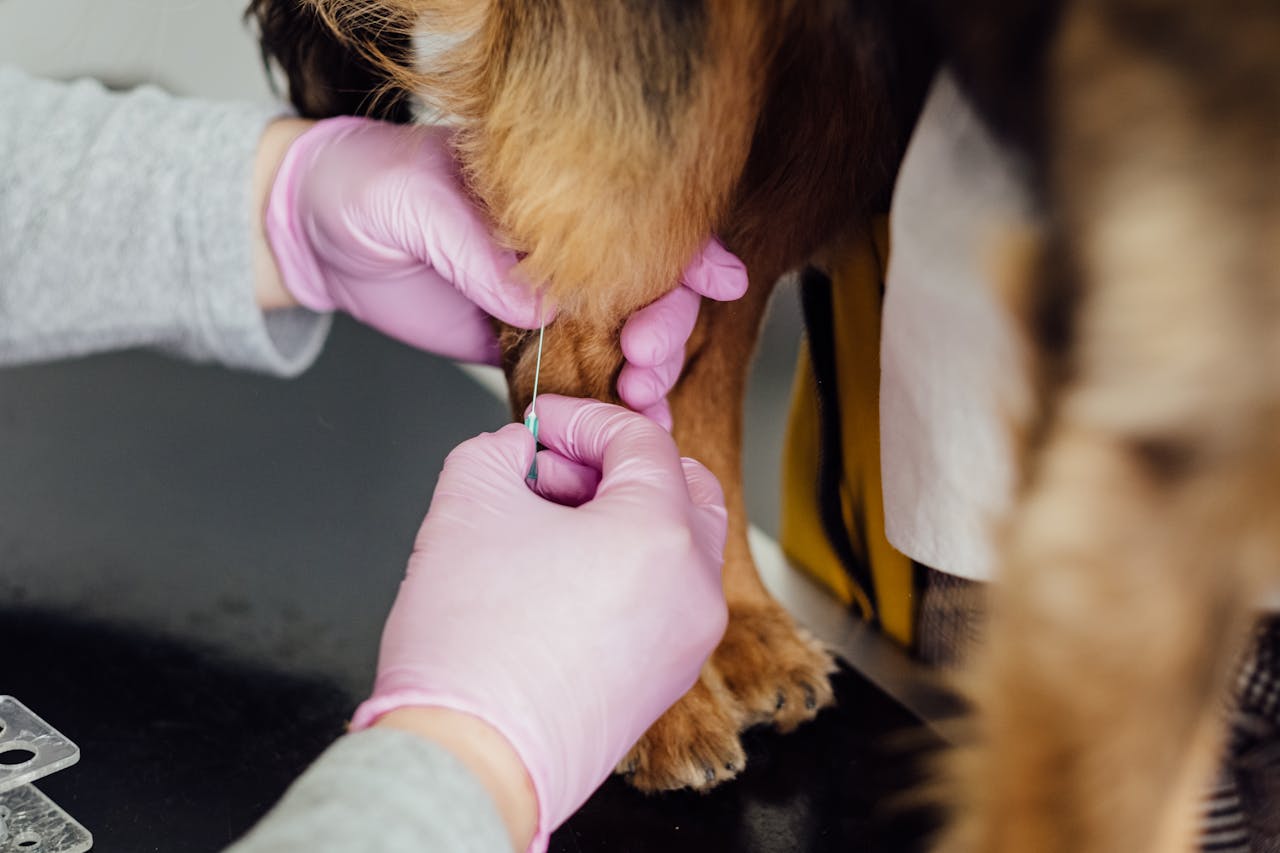Understanding Oral-Nasal Fistulas in Dogs: Causes, Symptoms, and Treatments
As a dedicated pet owner, you understand the importance of keeping your furry friend healthy and happy. However, some conditions that can pose significant health risks—such as oral-nasal fistulas—are not very well known. This article explains the causes, symptoms, and treatment options for oral-nasal fistulas...













